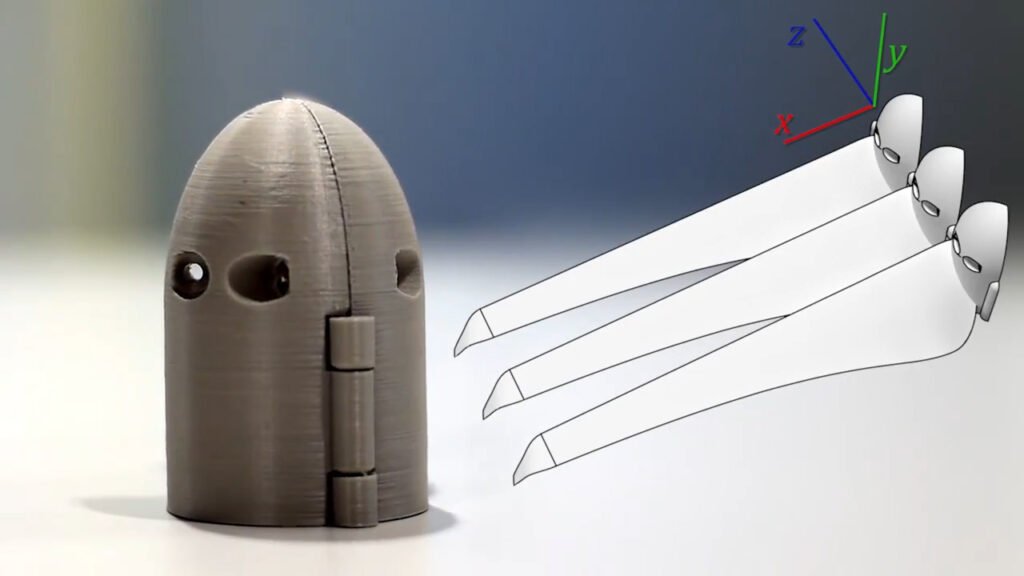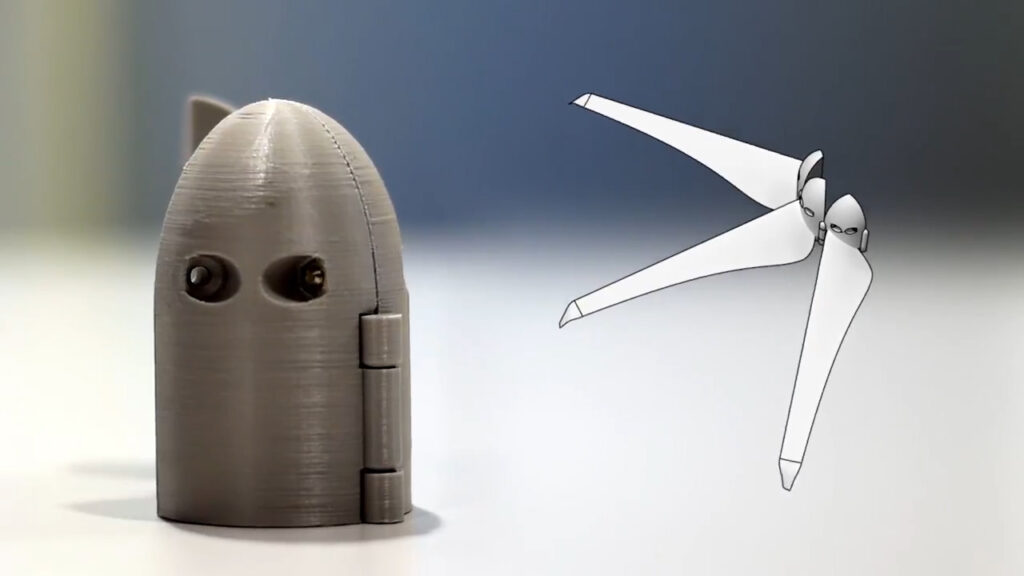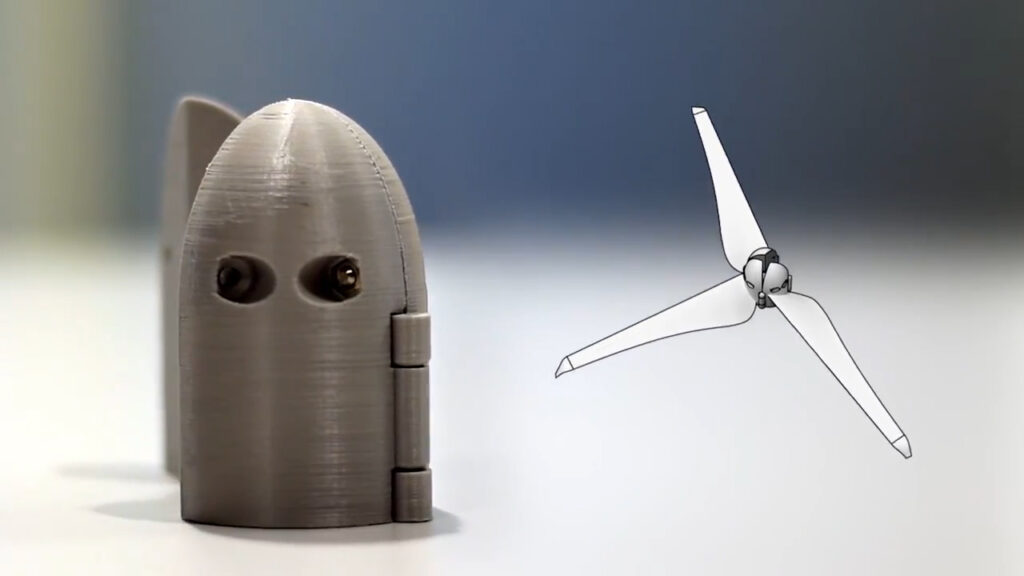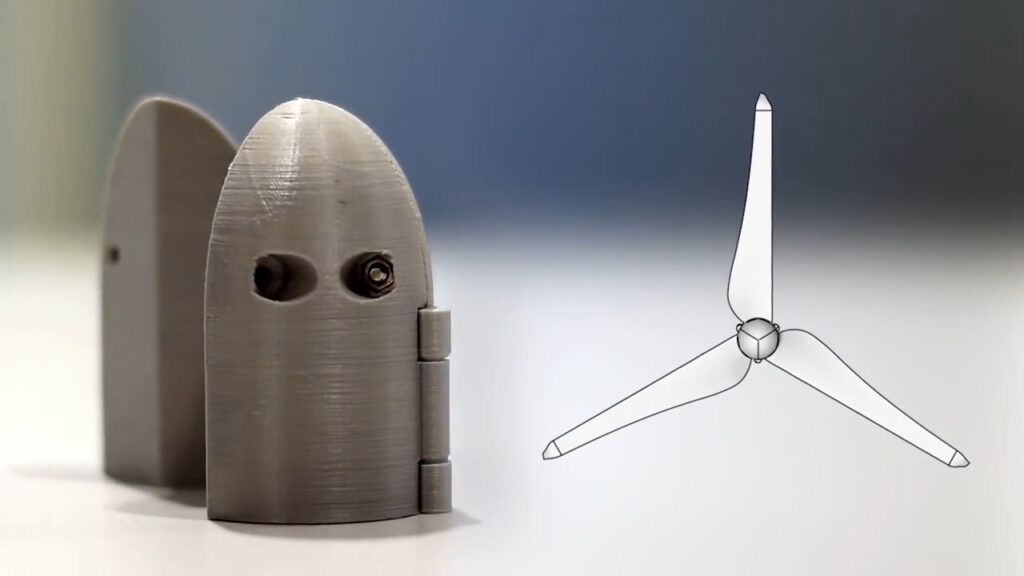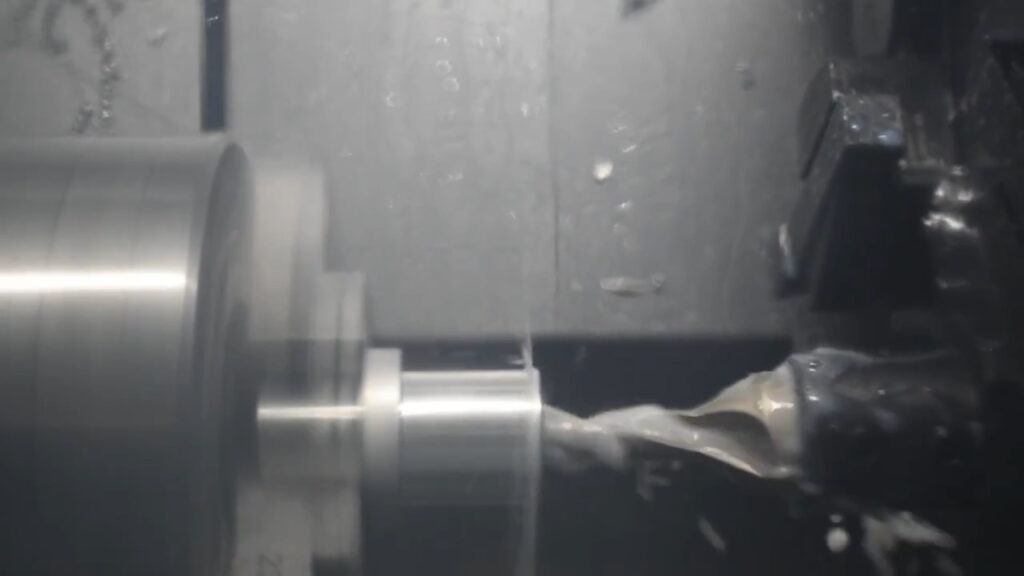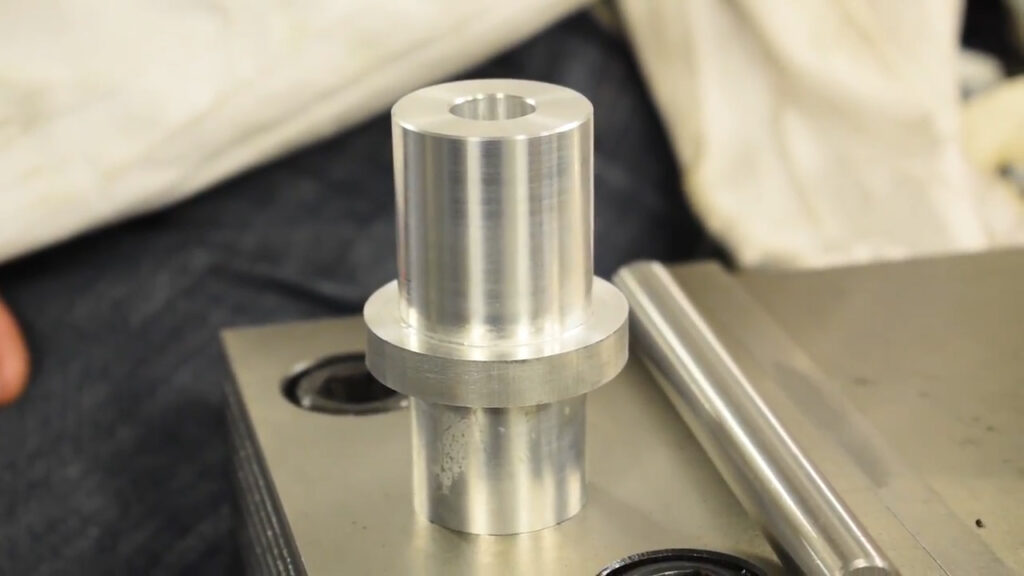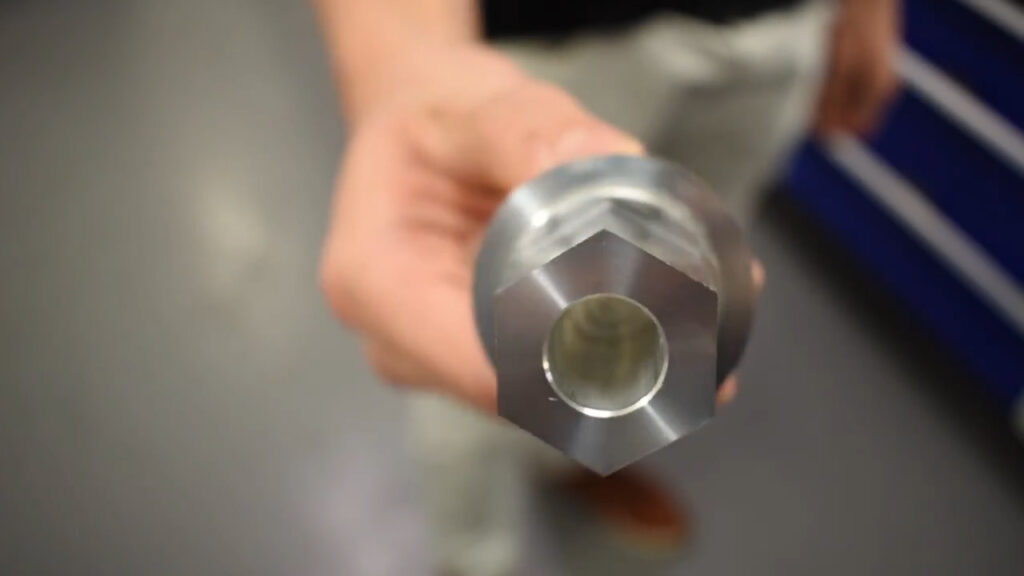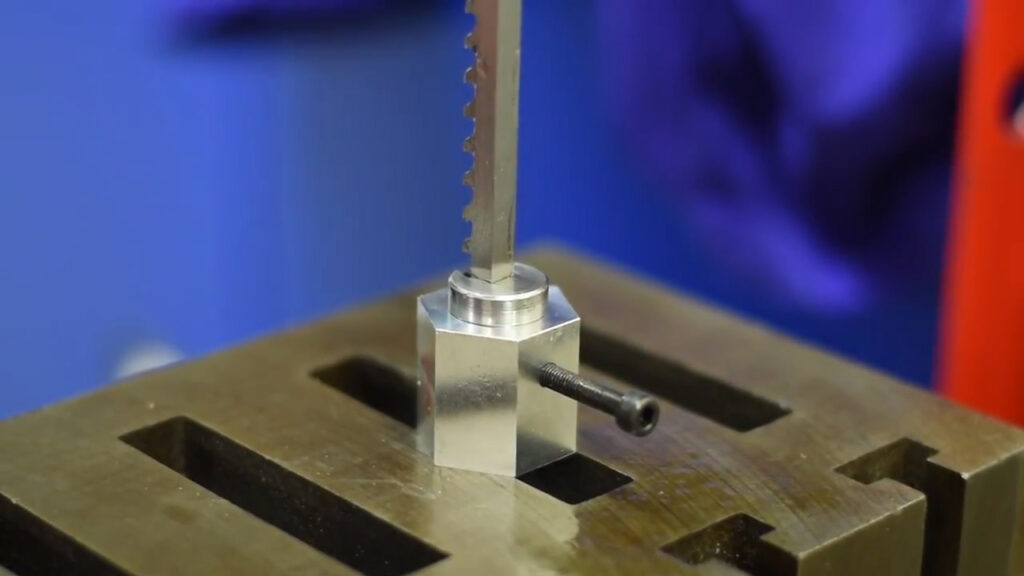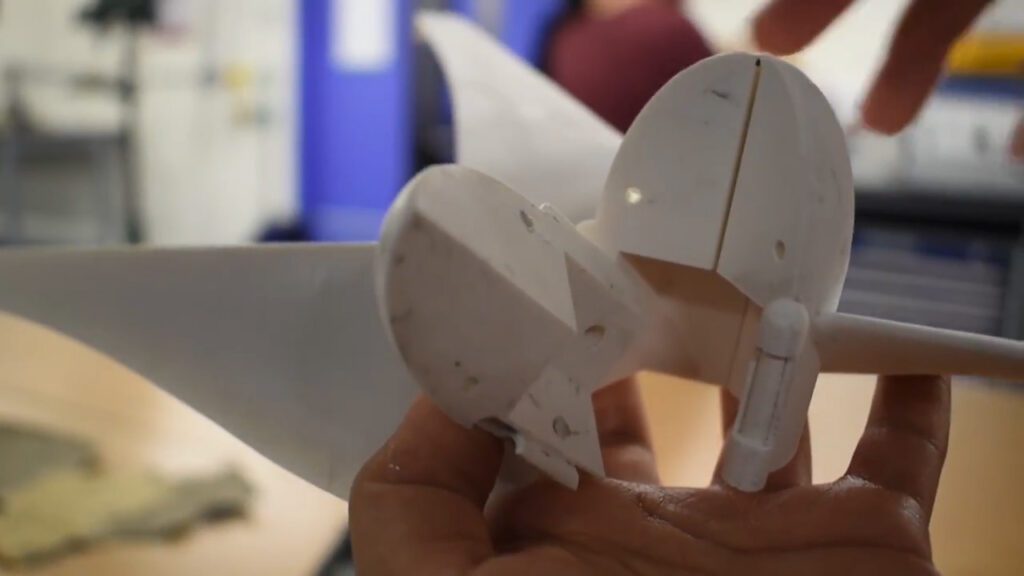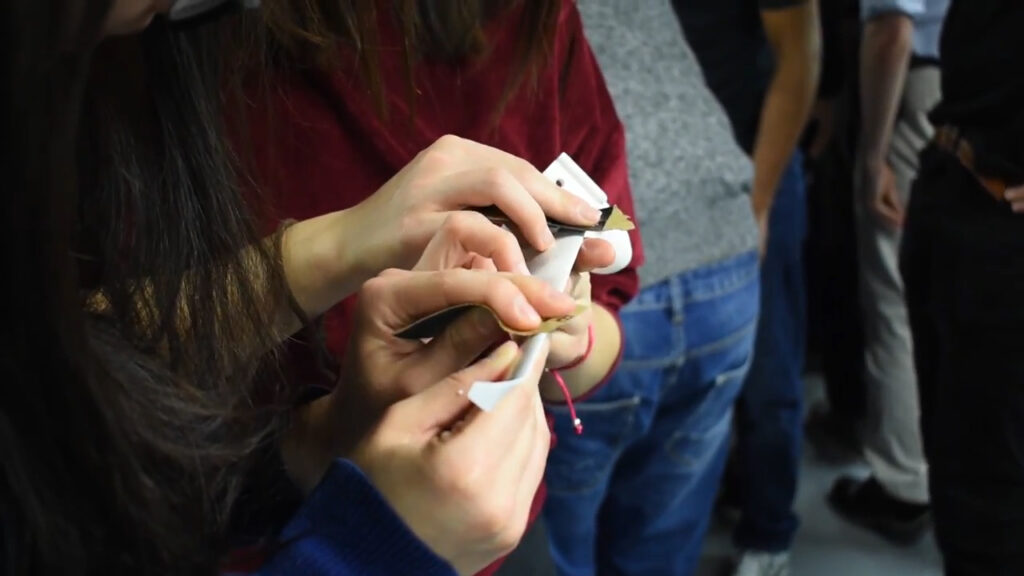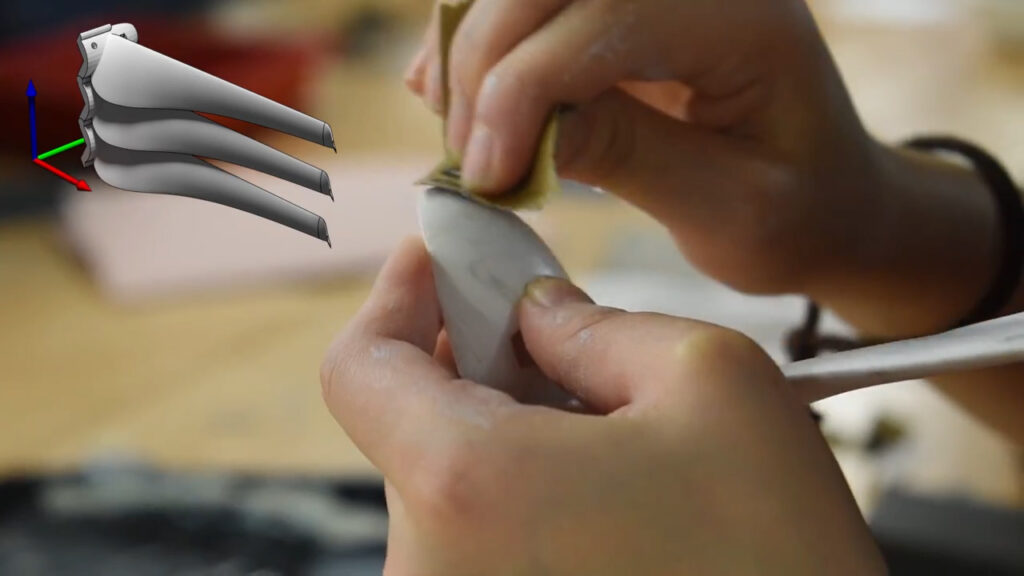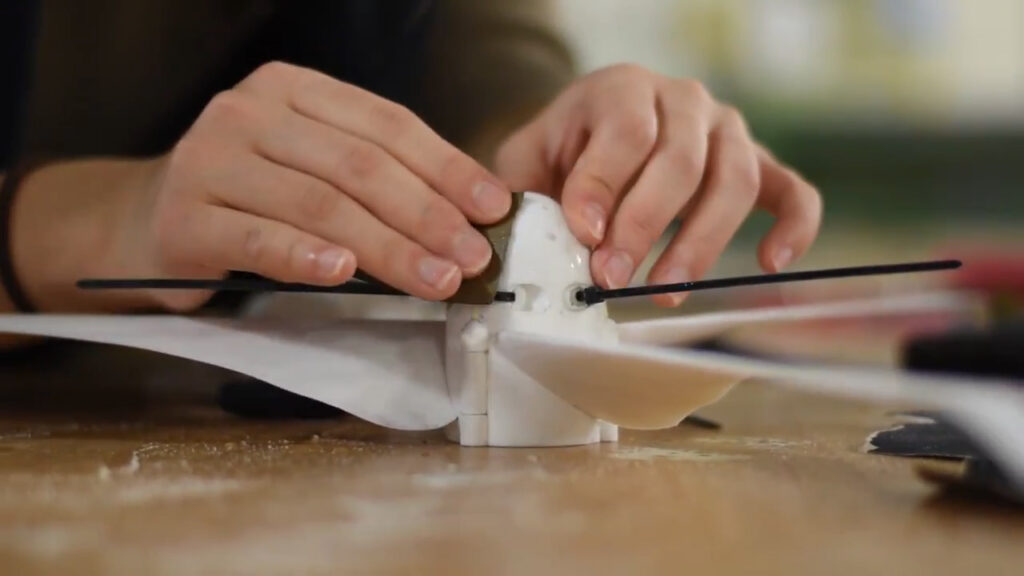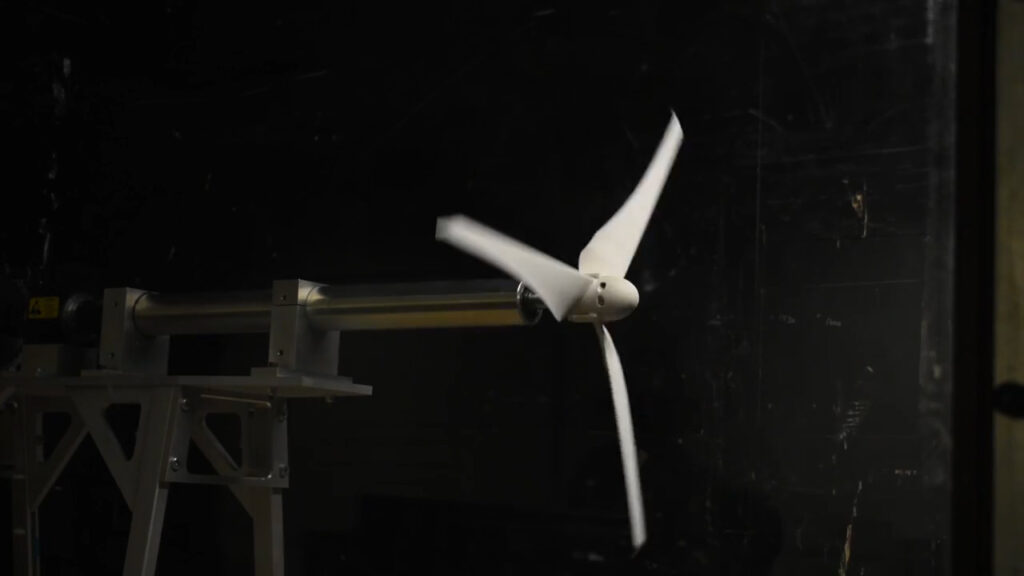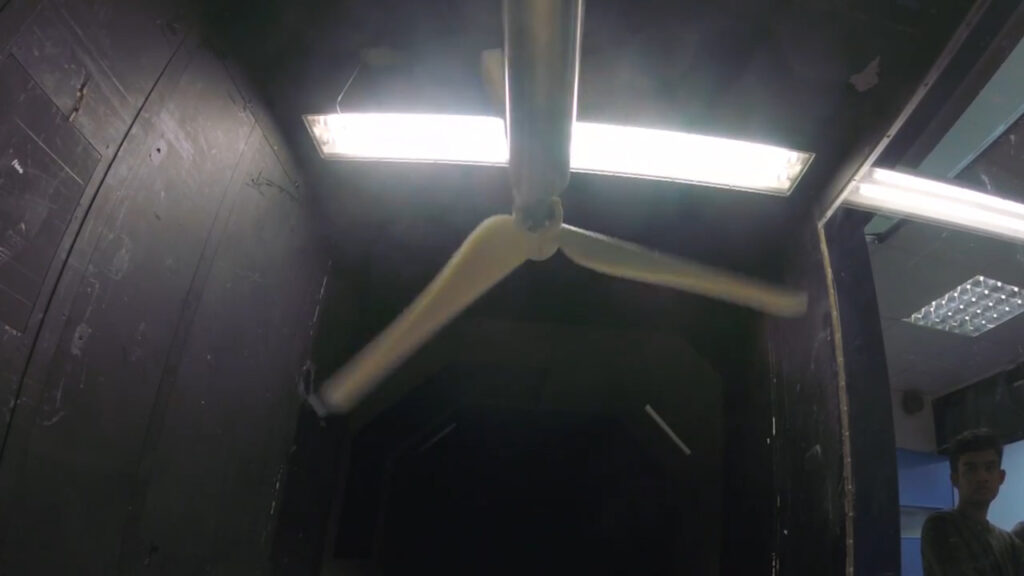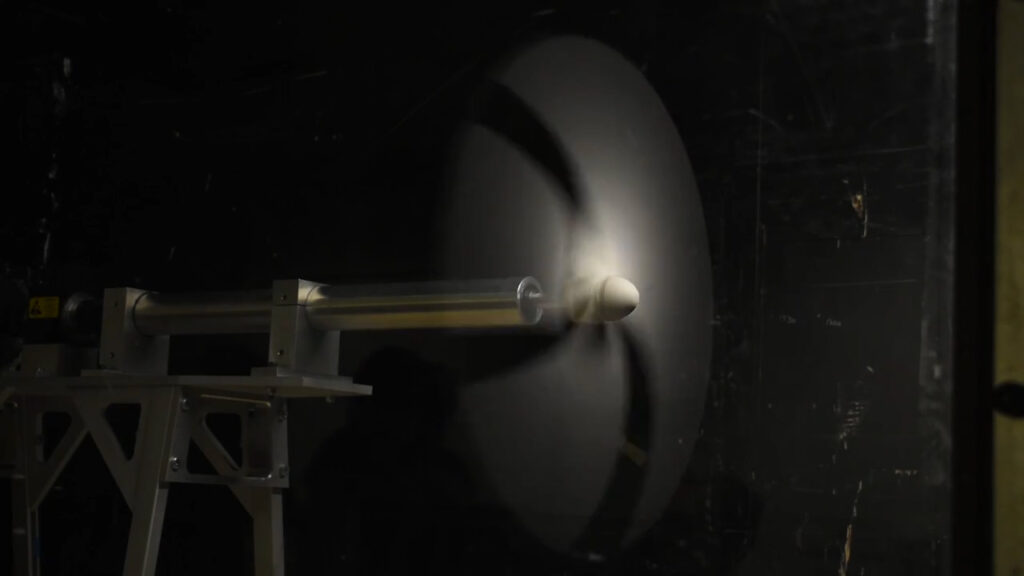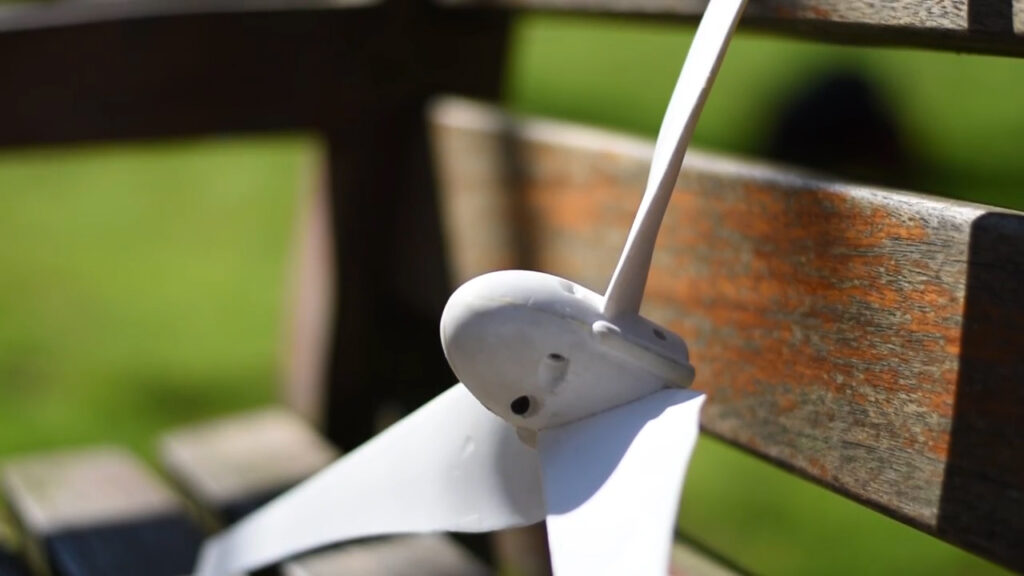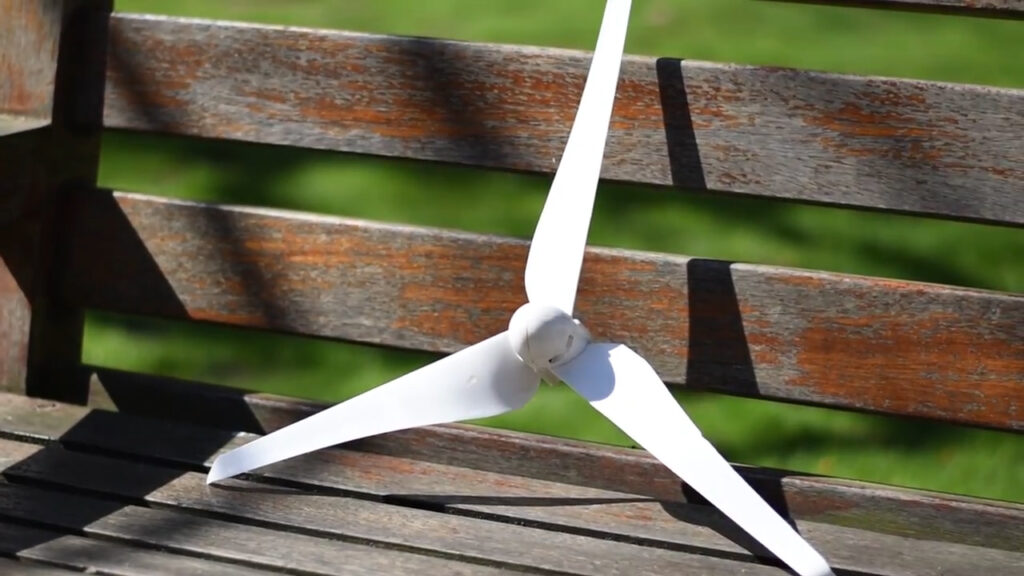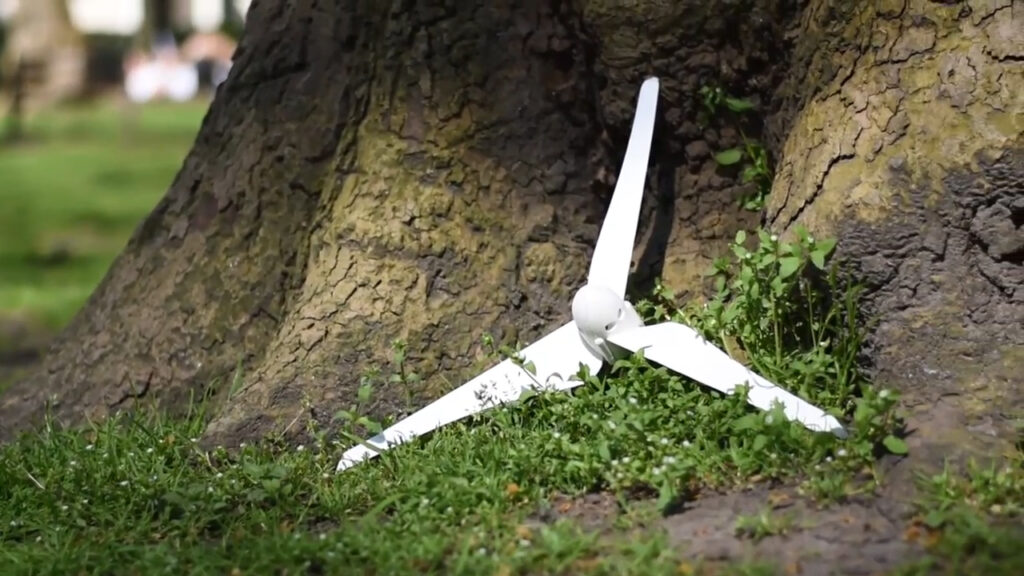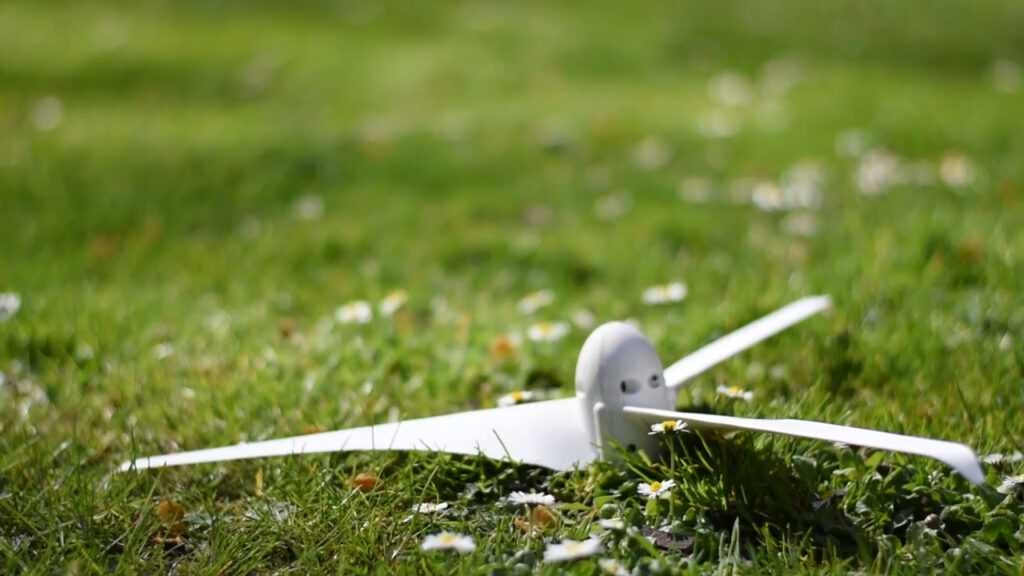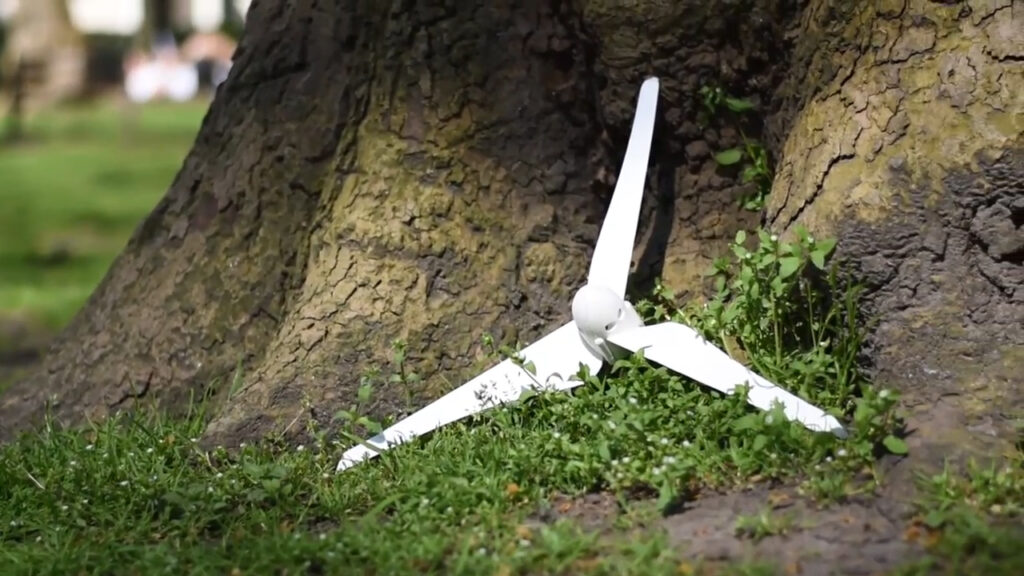Miniature Wind Turbine
A low cost, 3D printed, horizontal axis wind turbine.
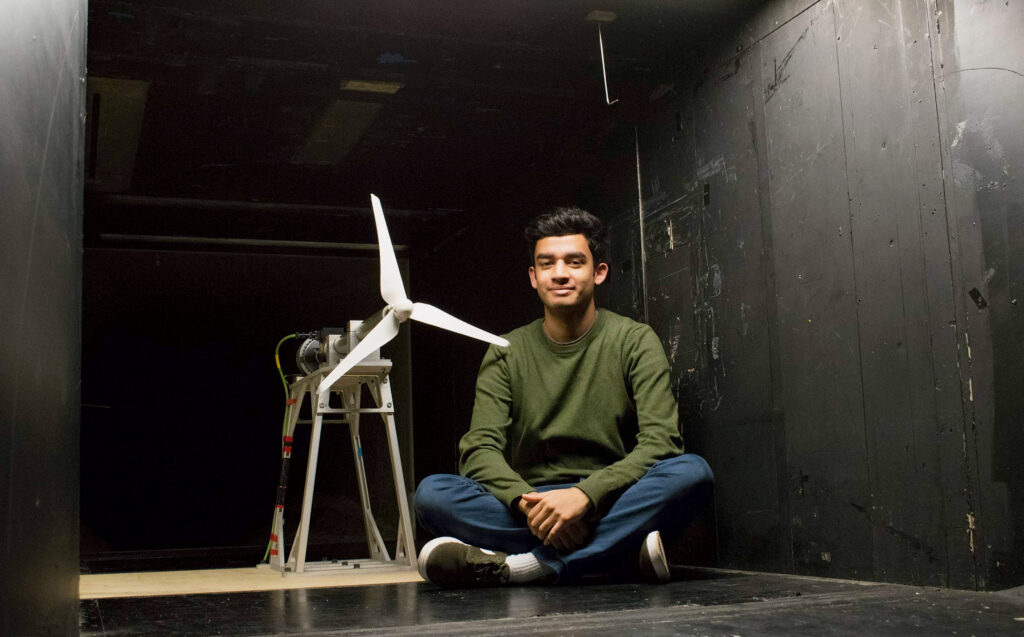
As we stand today, sustainable, reliable and low-cost access to energy is one of the biggest problems we are trying to solve. Countries such as the UK have already declared targets of having every home being powered by wind energy in 2030. This project looked at the design, build and wind tunnel testing of a small scale turbine to investigate the feasibility and impact it carries for the future.
This was a group project completed in a team of 6. Although all aspects were a collective effort, my responsibility lay specifically on the use of novel design ideas to fit the turbine within the design space (whilst maximising performance), a literature review of existing technologies, and animating / producing a webcast of our results.
Ultimately, the most successful design was one where the tunnel tested performance of the wind turbine was closest to the hypothesised design point. This not only represented engineering proficiency but further, the ability to suitability balance the various disciplines necessary in this task; aerodynamics, structural analysis, material properties, design, manufacture and testing.
The project carried a strict set of design specifications as given below. The tip speed ratio (TSR), defined as blade tip speed / wind speed was required to be between 3 and 8 at the maximum pressure coefficient (Cp) observed. The Betz law determined that the maximum Cp for a wind turbine can be 16/27 as after this point no more kinetic energy can be captured from the freestream. The turbine was to be tested in a low speed wind tunnel at speeds of 6, 8, 10 and 12 m/s to measure the power generated.
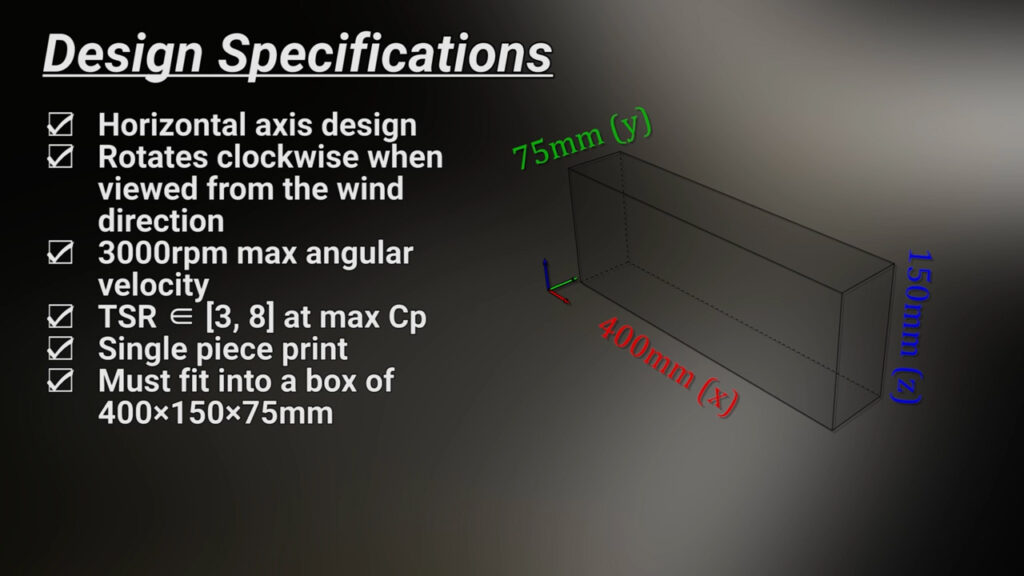
Perhaps one of the most challenging requirements was the need for a single piece 3D printed design to fit within the dimensions given above. A novel design solution to maximise blade length was needed since the turbine’s performance directly correlated with increasing blade length.

Through literature reviews and simulating various aerodynamic configurations in XFOIL, we narrowed down our choice of aerofoil section and target TSR value. A target TSR of 4.5 was chosen with an SG6043 section at the tip tapering to a SG6040 at the root. These were chosen for their lift to drag ratio characteristics and high thickness to chord ratio to avoid stall at the desired wind speeds.
By conducting a literature review into turbine configurations, I was able to inform a decision into the number of blades required. It was clear that a 3 bladed configuration produced the highest Cp at the TSR range desired. From this, a 3 blade configuration was chosen.
Simple beam theory was extended in 2D by assuming each blade to be a built-in cantilever beam and discretising it into 1000 elements. We then wrote a MATLAB code to calculate estimated stresses along the blades when ABS plastic is used as the 3D printing filament. This gave a maximum deflection of 8mm at 12m/s wind speed and the peak stresses were within the material limits, satisfying the design specification.
In order to solve the challenging problem of printing in one piece within the 400 x 150 x 75 mm box, I contributed with the idea of incorporating a semi-concealed hinge into the nose cone. The turbine could then be printed in thirds (in an assembled configuration) with alternating male/female ends and simply bolted together to complete the shape as shown. Through this, we were able to maximise the space available and print 3 full length blades.
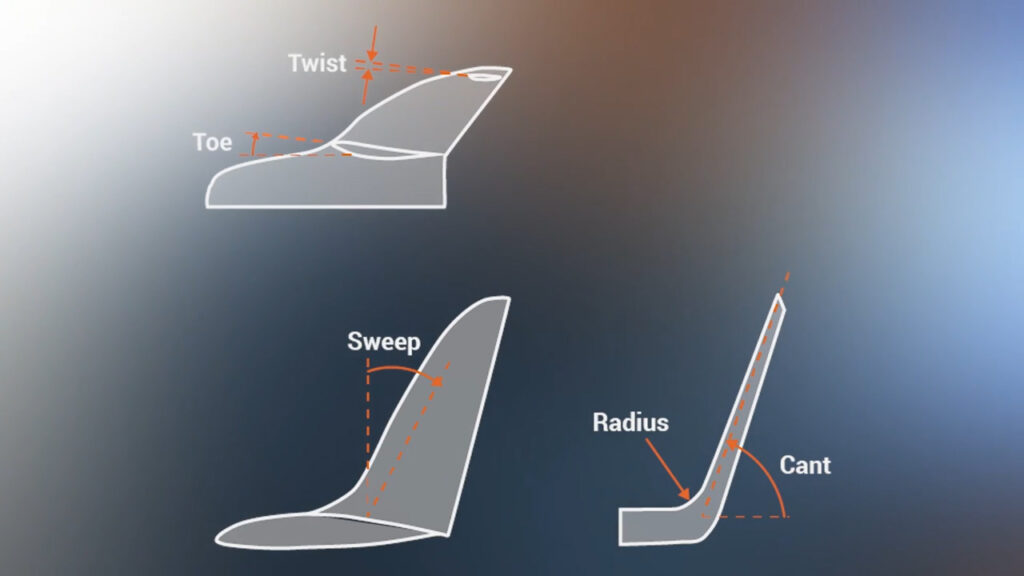
To maximise the performance at the speeds tested, it was found that a winglet would provide an increase in Cp particularly since self-starting was not required. Since the design Reynolds number of the turbine was similar to that of a falcon, inspiration from the falcon’s wing shape was taken to design the blended curvature of the winglet.
The manufacture process could then begin. The hub (for mounting the turbine in the tunnel) was produced using a 6-axis CNC lathe, and a keyway was broached in. The main turbine structure was 3D printed longitudinally in a single piece using white ABS filament. Therefore, minimal sanding was needed!
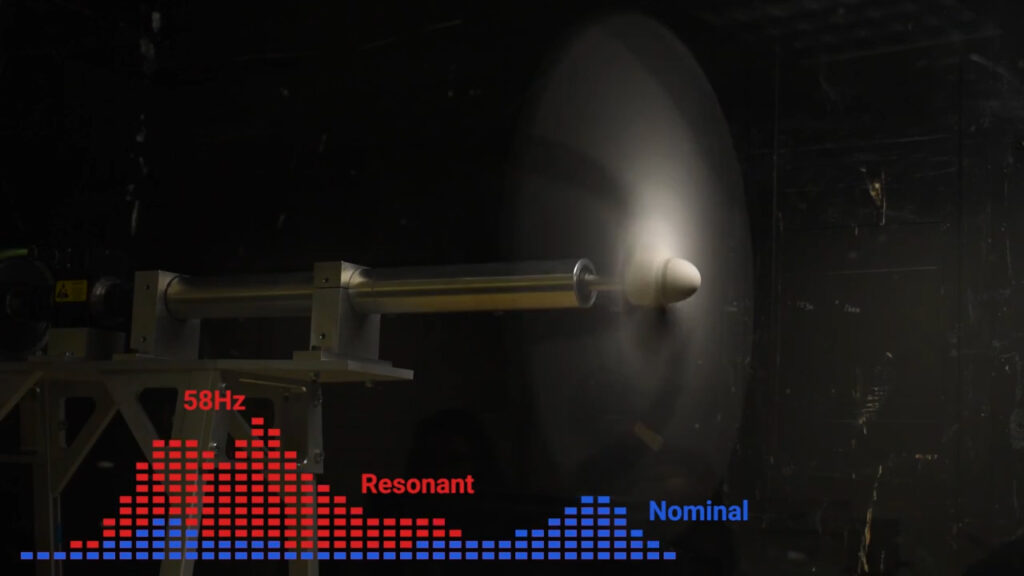
At 12m/s, with a maximum Cp=0.41 and TSR=5.5, the miniature turbine produced 97.6W of power.
The final testing was extremely rewarding and the turbine was successful in meeting the design specification. I am confident that such small-scale wind turbines, designed and produced by exploiting the benefits of 3D printing, are a highly impactful solution towards the challenge of providing renewable, accessible and low-cost electricity around the world. By scaling this design up or by incorporating an array of turbines to take advantage of interaction effects, they may prove to be even more effective and I look forward to an opportunity where I may be able to explore this further.
Skills developed:
Aerodynamic design, structural analysis, MATLAB, CAD modelling, design and manufacture, problem solving, testing against hypotheses.
Images: Shreeyam Kacker
